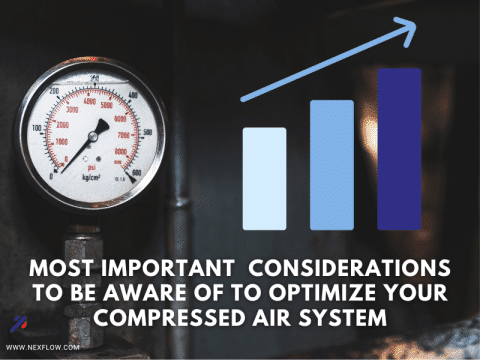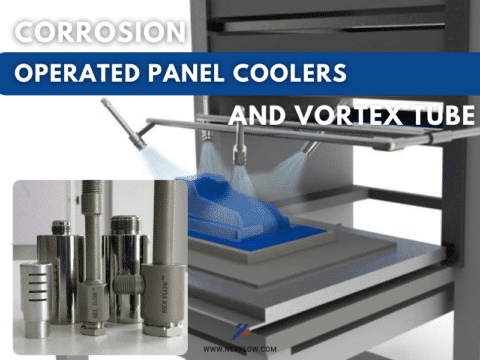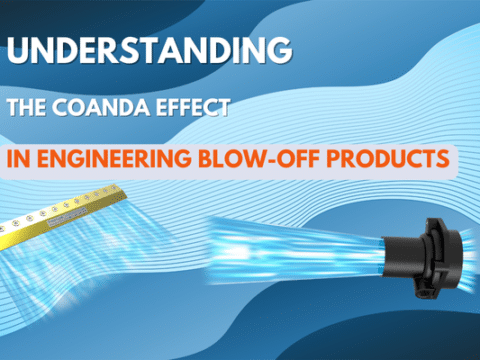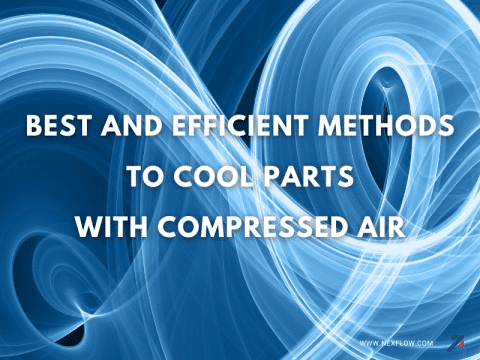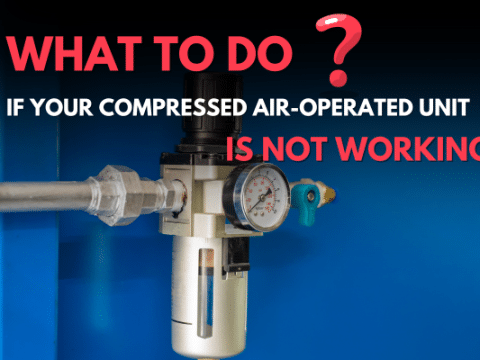
Using Compressed Air Amplifiers for Cooling in Industrial Applications
Air Amplifiers, as explained in this article below from 2018, are the most popular products used for cooling for the reasons explained. One note to an ad is that cooling can be accelerated by adding shims to open up the gap in Fixed Air Ampfliers like the FX series or the Adjustable Air Amplifiers. They work so well because the air’s high velocity cuts through the boundary layer of the hot part, removing the heat quickly. The compressed air also has some cooling effect as it leaves the amplifier and goes to atmospheric pressure, creating a slight temperature drop. These products have even been used to “dehumidify” or remove moisture from surfaces as the blowing air absorbs surface moisture.
In many industrial applications, compressed is, or fans, are used to cool very hot parts. Compressed air will cool much faster than a fan, take up less space, and use more energy. This is important if the manufactured part is costly, and improved throughput will improve profitability.
One way to reduce that energy cost significantly is to use air amplifiers or air movers. Air Amplifiers are generally sized from 3/4″ to 8″ in outlet diameters. The most common size for cooling is from 1-1/4″ to 4″. This is because the larger the air amplifier, the more efficient it is for “amplifying” the flow, although small 3/4″ units are used to cool small parts. They work by drawing in atmospheric air from the back of, into, and then through the air amplifier.
Some companies use air-amplifying air nozzles – some which are made up to as much as 2″ in size. However, they amplify airflow by drawing in from the front around the nozzle exhaust instead of through the unit. So they will not amplify as much; with less mass flow, they will use significantly more energy than an air amplifier and produce more noise.
So when cooling very hot parts is necessary, consider using air amplifiers over air nozzles and fans.
Nex Flow® Air Products are specialists in using compressed air for blow-off, cooling, and moving and can assist in evaluating the optimum solution for cooling applications.




